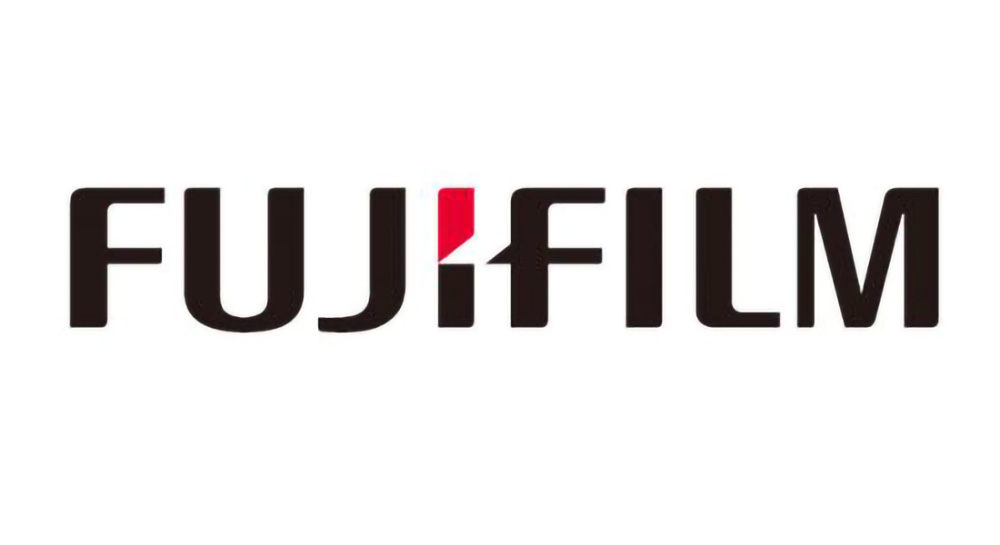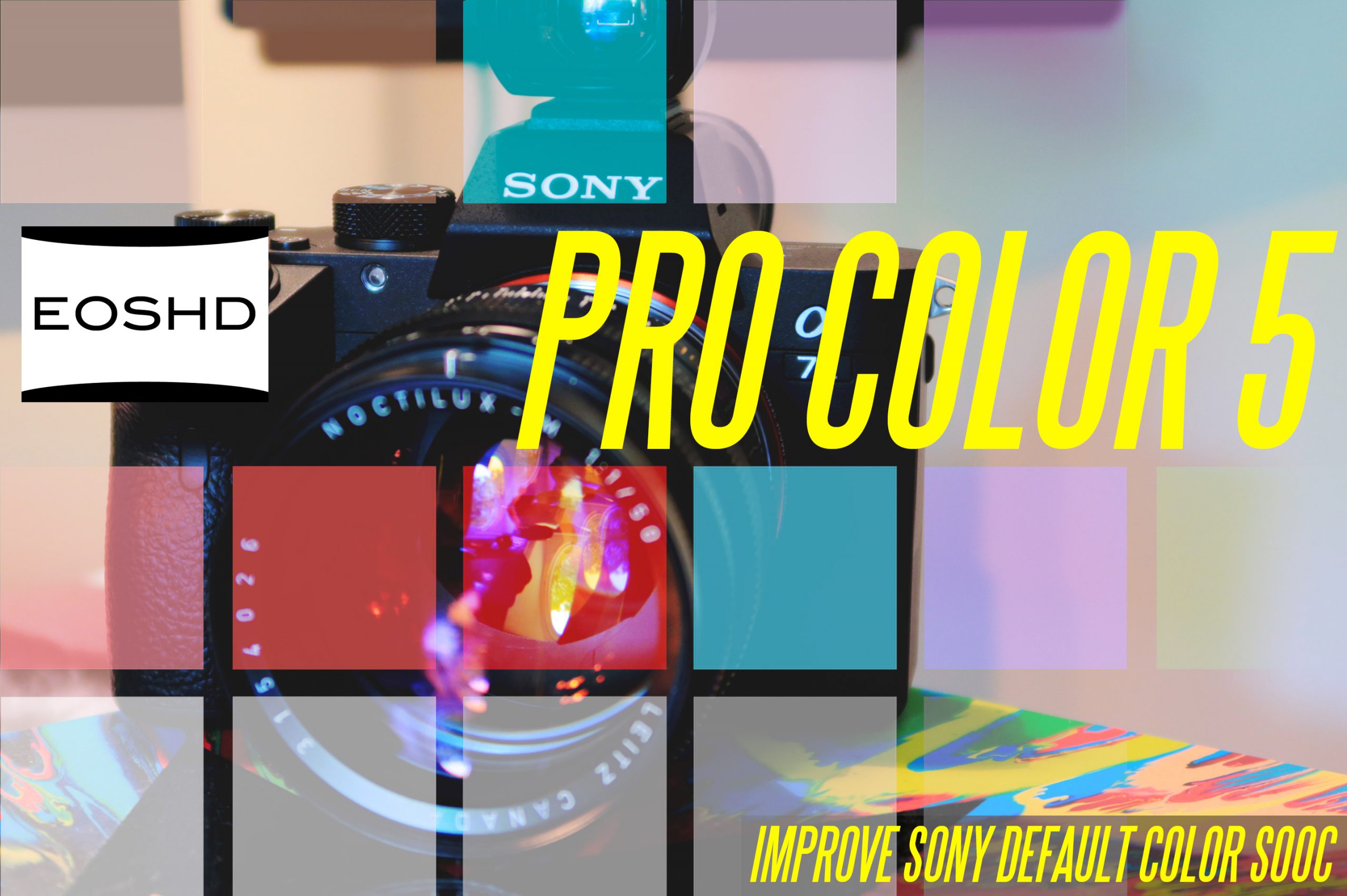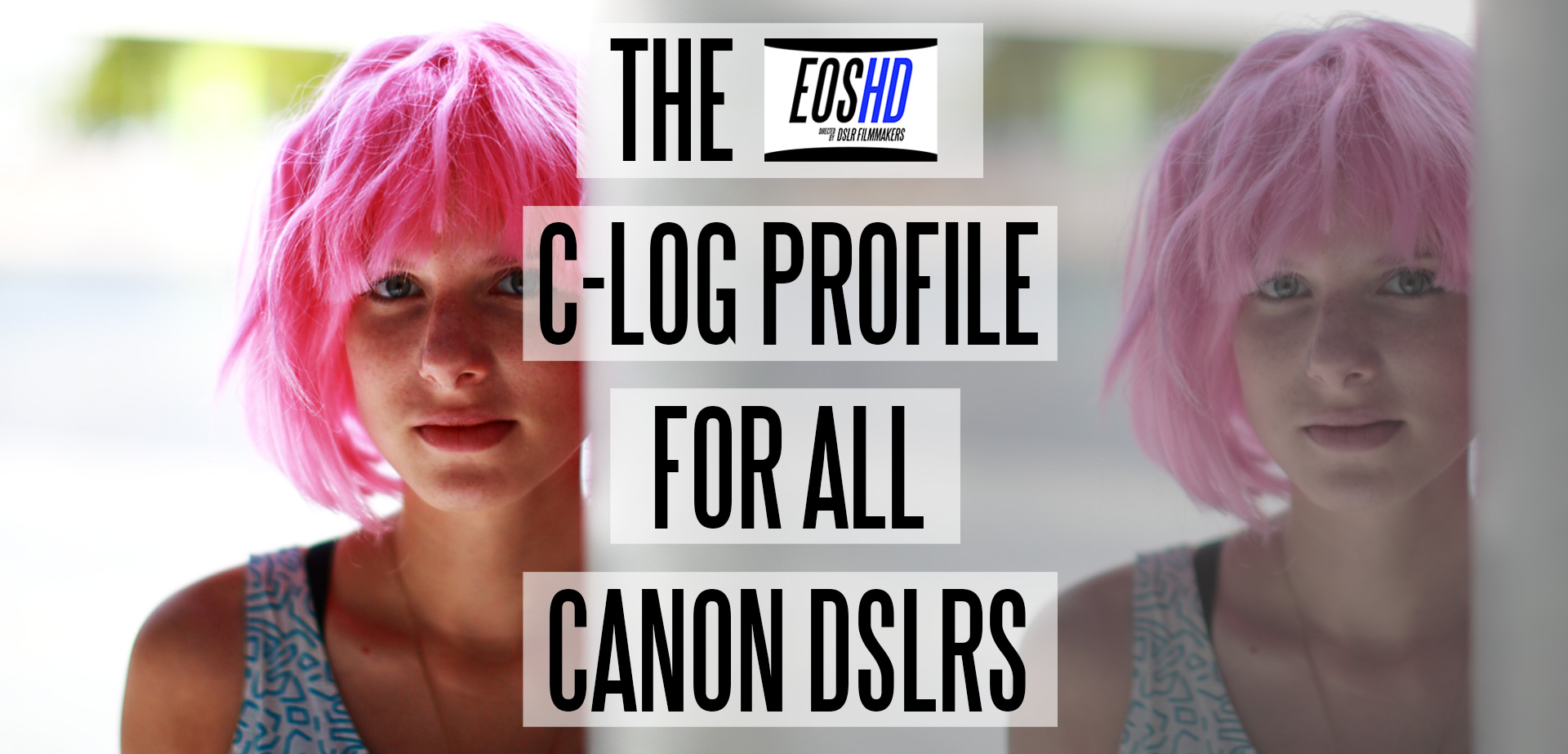
Fuji in many ways have taken over from Panasonic as the most highly rated niche creative force in the camera industry. Since they started taking video seriously with the X-T2, the green camp has got a lot of things right. The popularity of the X100 series. The purist photography experience of the X-Pro3, a camera I strangely really enjoy for video too. The GFX cameras have done extraordinarily well considering it’s carved out a whole new format, at very high prices. In fact, my all time favourite mirrorless camera of the last 15 years is the OG Fuji GFX 100.
But now it’s time for Fuji to get real about a full frame line-up.
There’s a big price gap between the X100 VI and GFX100RF for example, a camera which makes the Leica Q3 and Sony RX1 Mark III pricing look sane. Yet the market is begging, calling out for, insert cliched phrase here, for a full frame X100 VI with a sane price tag. Let’s face it, if you have silly money for a compact Leica is the only proper choice.
Full frame would solve other problems for Fuji too.
The X-Pro3 was a nice bold step into rangefinder land, but it’s in an odd place. It is neither a Leica M rangefinder, nor is it priced like one. It is not a Sony a7c Mark II competitor, but it IS priced like one. Nor is it really doing much to expand the popularity of XF-mount, and APS-C – because the X-H2 is a higher spec’ed, more modern do-it-all camera for the same price.
The way to differentiate the X-Pro series is to make it full frame and launch it alongside a new range of primes and a zoom. The initial lenses don’t even need to be that adventurous. Small primes, Leica M sized, and one small zoom – preferably a 28-70mm F2.8.
This would be joined by a 28mm F2, an 35mm F2 and a 50mm F1.4 which rather than aiming for technical perfection, go for character and small size instead.
Now you might say such a full frame adventure might kill the APS-C cameras, but you’d be wrong. You might say it would necessitate a price reduction on the high-end XF-mount cameras, and that the X-H2 would need to get even cheaper.
This has already been priced in. What dictates the price and sales numbers of the Fuji APS-C cameras are the mid-range full frame cameras from Sony, Nikon and Canon.
So the price of those nice XF mount cameras would stay the same.
What Fuji could definitely get away with is a higher price and higher margin on a full frame Fuji.
And a full frame Fuji is a what we need. Just ask me, who uses his GFX 100 not as a medium format camera but as a full frame mirrorless system.
I don’t have a single medium format lens for it, no native GFX mount lenses from Fuji. They’re big, clunky, expensive and slow.
What I like to do is adapt fast primes designed for full frame onto my GFX 100, and find what works the best. The rules are, no hard vignette, small, and with a very good quality mechanical focus ring.
These look glorious on the larger “Super full frame” sensor, unique in fact. So very different to sticking vintage glass on a full frame Sony.
So the GFX line will always have that same appeal – it’s an upgrade from full frame, but it’s never going to be mid-range, is it?
With so many mid-range full frame cameras eating Fuji’s carefully prepared APS-C breakfast, like the Nikon Z6 III, Sony a7 series and Canon EOS R8, it’s time Fuji told us that for just $500 more you could get something much more creative, with Fuji Film Simulations and X-Pro style Leica-ish ergonomics.
This would be the full frame camera that stands apart from a sea of black DSLR style mirrorless cameras, the sort of which are frankly all now a bit boring.
Fuji could even let Sigma swap the mount on their L-mount range to beef out the available optics at launch. It’s a no-brainer.
APS-C users will continue to buy APS-C cameras. GFX users will continue to flock to the high-end medium format bodies, but full frame users would have more reasons than ever to choose a Fujifilm.


